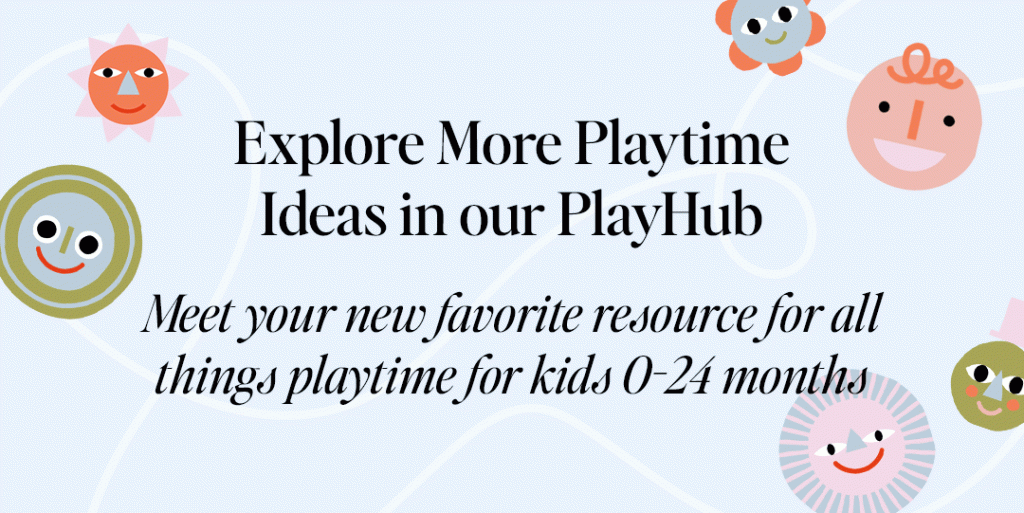If you, like me, are completely enthralled by the gentle parenting movement on Instagram (Dr. Becky, Big Little Feelings, The Mom Psychologist, just to name a few), you’ve no doubt heard the term “child-led play” tossed around. Gentle parenting focuses on fostering a connection with your child as a tool in helping us enforce boundaries with kindness. And according to the American Academy of Pediatrics, playing with your child, more specifically engaging in open-ended, child-led play with your little one, is the easiest way to start creating that bond.
But you may be wondering, “what exactly is open-ended play?” How will letting my child lead playtime help with development, social skills, and problem-solving? You’ve come to the right place. Keep reading to find out why letting your little one be the boss at playtime is so important!
What Is Child-Led Play?
Child-led play, or open-ended play, has emerged as one of the most-talked-about topics in the parenting space. But what exactly is child-led play? Put simply, child-led play is any playing where the kid is in charge. No schedules, no parents telling them what to play with next, no screens, just a child’s imagination calling the shots. According to the American Academy of Pediatrics’s Power of Play Study, “it occurs either in a setting that an adult carefully constructs” or “in an environment where adults supplement the child-led exploration with questions or comments that subtly guide the child toward a goal.”
Should kids do this completely independently? Yes and no. While dictating how the play will be conducted is completely up to the child, it’s actually an incredible source of connection for the grown-ups to join in and follow their lead. Put yourself in the little one’s shoes—if you’re being told when to sleep, what to eat, where to be, what to do, all day long and you finally get the chance to be the boss of your grown-up, wouldn’t that make you delighted?

Source: Canva
How to Encourage Open-Ended Play
Let your child be the leader and set zero goals or expectations from playtime. There’s no end, there’s no solution, it’s just playing for playing’s sake, and they get to call the shots. You can definitely help steer them by setting them up with an area all their own with objects that encourage imaginative play—think more food toys, costumes, dolls, or cars. If they ask you to join, join in. And remember—they’re the boss! While you’re joining in and following their directions, comment on what they are doing, almost like a sportscaster, and repeat back what they are instructing. If they tell you “your doll is a mermaid,” respond with an excited “my doll is a mermaid!”
Benefits of Child-Led Play
There are many positives that come with letting your little one be in charge at playtime. On top of being a great break for you from being the one to make all the choices, child-led play can lead to great benefits for your child, including:
- Fostering self-confidence: When your little one sees you following their lead and engaging in their ideas, it makes them feel confident and like their ideas are important.
- Creating a strong parent-child connection: Making your child feel like you trust them and their direction is an excellent way to make them feel seen and to boost that connection. Undivided attention is also another key factor to connection, so make sure you’re setting that phone in another room when engaging in child-led play.
- Building problem-solving skills: If your child is the one in charge of what happens next, they can get creative about how to solve a problem, or how to change a situation. It’s an excellent way to build a lifelong skill.



 "
"